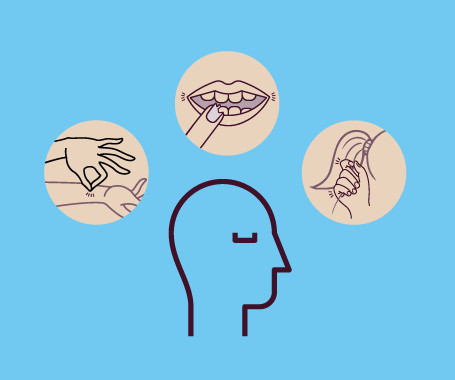Why Worry: Understanding OCD and Anxiety Disorders
Psychological Health Care
AUGUST 5, 2020
In fact, anxiety and associated conditions such as Obsessive Compulsive Disorder (OCD) are common mental health conditions. OCD and anxiety disorders are the focus of a national education and awareness campaign Australia-wide this month. What Is OCD? OCD, Anxiety and COVID. Getting Help for OCD and Anxiety Disorders.











Let's personalize your content